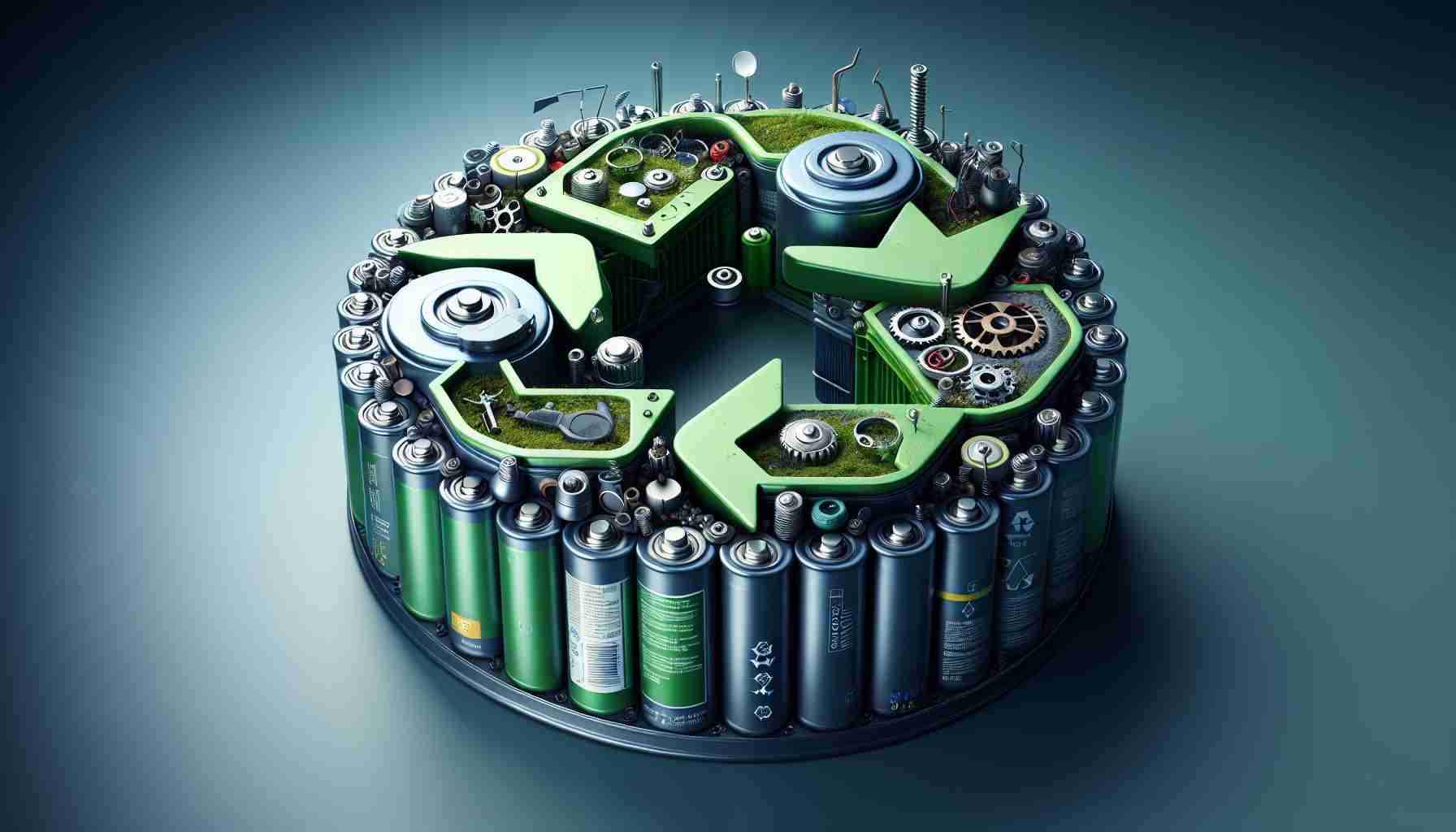The development of electric vehicles is inherently linked to the need for battery recovery and recycling. Research confirms that the majority of materials used in batteries can be recovered and reused. Developing recycling strategies and designing batteries with remanufacturing in mind allows for increased ecological and economic benefits of electric vehicles.
Instead of following a “use and dispose” lifecycle, the automotive industry is increasingly focusing on closed-loop battery systems. The demand for materials such as lithium, nickel, and cobalt, which are essential for battery production, is growing alongside the increasing popularity of electric cars. Therefore, it is important to increase the efficiency of utilizing these resources through recovery and secondary utilization.
Scientific studies show that most materials used in batteries, such as metals and polymers, can be recovered and reused. Battery recycling allows for the recovery of valuable resources like lithium, nickel, and cobalt, which can be used in the production of new batteries. In addition to environmental benefits, battery recycling also brings economic advantages by reducing the need for new resources and lowering production costs.
Designing batteries with remanufacturing in mind is another crucial aspect of closed-loop battery systems. This means that batteries are designed to easily replace damaged parts and restore their functionality. This extends the lifespan of batteries and allows them to be used in subsequent electric vehicles, rather than ending up in landfills or undergoing the recycling process.
Supporting closed-loop battery systems is crucial for the sustainable development of electric mobility. The recovery and reuse of materials not only benefit the environment but also offer a chance to reduce reliance on natural resources. Shifting from the traditional “use and dispose” model to closed-loop battery systems paves the way for a more sustainable future of electromobility.
FAQ:
1. Why is the recycling of electric vehicle batteries being considered?
The development of electric vehicles is associated with the need for battery recovery and recycling. Most materials used in batteries can be recovered and reused, contributing to the ecological and economic benefits of electric vehicles.
2. Why is a closed-loop battery system important in the automotive industry?
The increased demand for resources necessary for battery production, such as lithium, nickel, and cobalt, emphasizes the significance of closed-loop battery systems. Efficient utilization of these resources through recovery and secondary utilization brings environmental and economic benefits.
3. What are the benefits of battery recycling?
Scientific research shows that most materials used in batteries, such as metals and polymers, can be recovered and reused. Battery recycling allows for the recovery of valuable resources like lithium, nickel, and cobalt, which can be used in the production of new batteries. Battery recycling also brings economic benefits by reducing the demand for new resources and lowering production costs.
4. Why is designing batteries with remanufacturing in mind important?
Designing batteries with remanufacturing in mind ensures that damaged parts can be easily replaced and their functionality restored. This increases the lifespan of batteries and enables their use in subsequent electric vehicles, rather than ending up in landfills or undergoing the recycling process.
5. What are the benefits of closed-loop battery systems for the sustainable development of electromobility?
The recovery and reuse of materials in closed-loop battery systems contribute to environmental benefits and reduce dependence on natural resources. Transitioning from the traditional “use and dispose” model to closed-loop battery systems promotes a more sustainable future for electromobility.
Definitions:
1. Lithium-ion Battery: A type of battery that utilizes lithium as one of the chemical elements in the electrodes, enabling the storage of electrical energy.
2. Recycling: The process of recovering and reusing materials from waste to produce new products.
3. Remanufacturing: The process of restoring damaged products to functionality through repair or replacement of damaged parts.
Recommended References:
– NGK Insulators – Glossary
– Ekonomiczne czasy – Battery Recycling
– World Economic Forum – Recycling Lithium-Ion Batteries
The source of the article is from the blog japan-pc.jp
